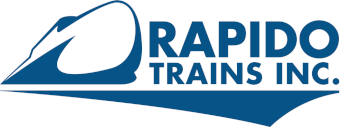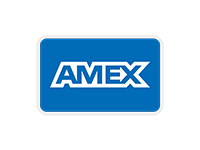EMC/EMD’s FT Diesel Masterclass
by Craig Walker
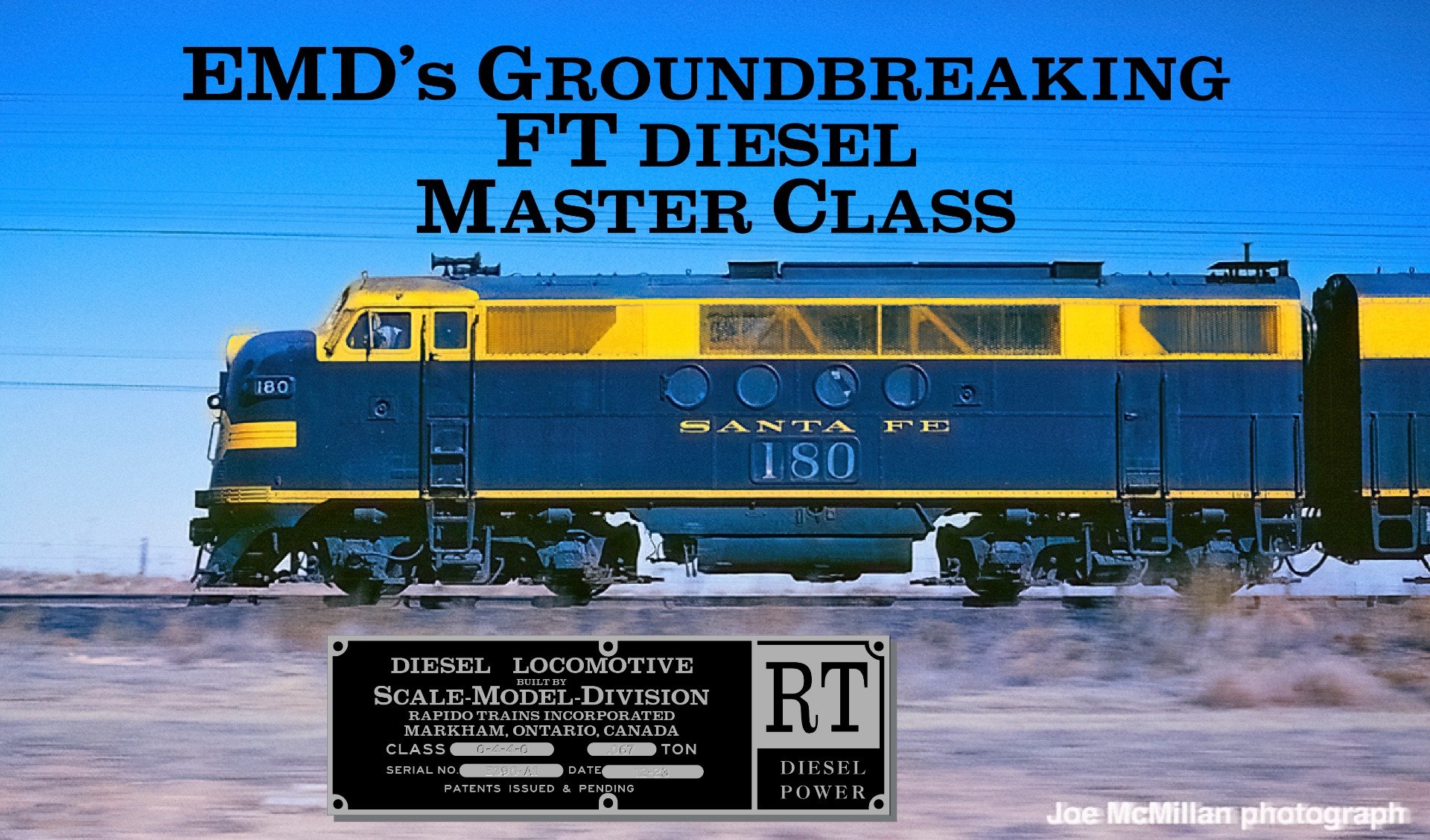
The Right Diesel at the Right Time
By the 1930s there were many companies building diesel electric locomotives in the United States as an alternative to steam-powered locomotives. Many were being designed and built by some of the preeminent steam locomotive builders (American Locomotive Company and Baldwin Locomotive Works were two of the largest), while other diesels were from upstart companies (Ingersol-Rand and Fairbanks-Morse, for example). The Electro-Motive Corporation, founded by Harold Hamilton, who noted the decline in passenger train revenues, was originally a builder of distillate-electric motor cars. This Cleveland OH-based company began to have success with selling their motorcars to railroads, as many were looking to downsize their branchline operations after World War I. By 1929, General Motors was looking at the fledgling diesel-powered locomotive market, and in 1930 GM purchased the Winton Engine Company, who supplied the diesel engines for EMC’s motorcars. Later that year, GM also purchased Winton’s major customer, EMC. In 1941, GM changed the EMC name to Electro-Motive Division (of General Motors), and the new division’s focus shifted to designing and building diesel locomotives, to compete with ALCO, Baldwin, and others.
The Great Depression of the 1930s caused the railroads to further examine their often-flagging passenger train operations. As the mail contracts with the government required passenger trains to continue operations on lightly used lines, the railroads showed interest in alternatives to the traditional steam-powered passenger trains often operated on these routes. Not only were the new diesel trains being developed lighter in weight, but being diesel powered had the great advantage of less maintenance and greater flexibility. The builders also designed them to capture the public’s imagination as well, with trains that looked fast, luxurious and streamlined. Early success with these trains, such as the Chicago, Burlington & Quincy’s Zephyrs and Union Pacific’s M10000, and success with early passenger diesels, caused GM’s management to strategically maneuver to replace aging steam locomotives on North America’s mainline freight trains. In 1939, EMC sent their FT demonstrator set, consisting of two pair of drawbar-coupled A-B diesel sets, out into the railroading world to show the railroads what the future holds.
Fortunately for EMD, the Great Depression had caused their competitors to have a rough time, with many of the steam builders and early diesel builders scaling back production due to lower-than-expected sales. Unfortunately for them, things would not be improving soon as because as the Great Depression was ending, tensions in Europe and Asia were intensifying, and once the United States entered the Second World War, restrictions were placed on locomotive builders. Stam builders were to concentrate on their proven ability to roll out new steam locomotives to handle the increases in wartime rail traffic, while many of the upstart diesel builders were awarded other wartime contracts, building diesel engines for military use, or even building non-railroad equipment needed for the war effort. EMD’s parent company, General Motors, was awarded contracts to advance the technology used to improve diesel engines.
The Great Depression is Depressing Me …
What About the FTs?
The four-unit diesel demonstrators that General Motors’ Electro-Motive Division sent out into the world proved to the railroads that the steam locomotive’s domination was tenuous.
Steam locomotives required a lot of downtime for maintenance between runs, which also required a lot of manpower. Part for steam locomotives were seldom able to be used from one order of engines to another, requiring a large number of spare parts, or lengthy waits for replacement parts. Placing two or three steamers on one train, particularly common on mountainous railroads, required a crew for each locomotive, with a two-man locomotive crew now doubling to four, or tripling to six. And, particularly in the parched western part of the continent, steam locomotive’s thirst for water and the diesel’s need for hardly any water, sealed the deal with western railroads, with power flexibility (just one crew for any train, no matter how many diesels are used), parts standardization (GM’s automotive expertise translated well to the locomotive business) and the diesels reliability (they could be used extensively with just a break for refueling most of the time, and when they were shopped they were back on the road much more quickly than a steam locomotive was) made the accounting departments in the railroads push hard for dieselization.
The General Motors Electro-Motive Division’s FT was a success!
True, timing for these was fortunate, between the Great Depression and World War II, but that might have all been for naught had the FT (and EMD’s passenger diesels) not been well designed and sturdily built.
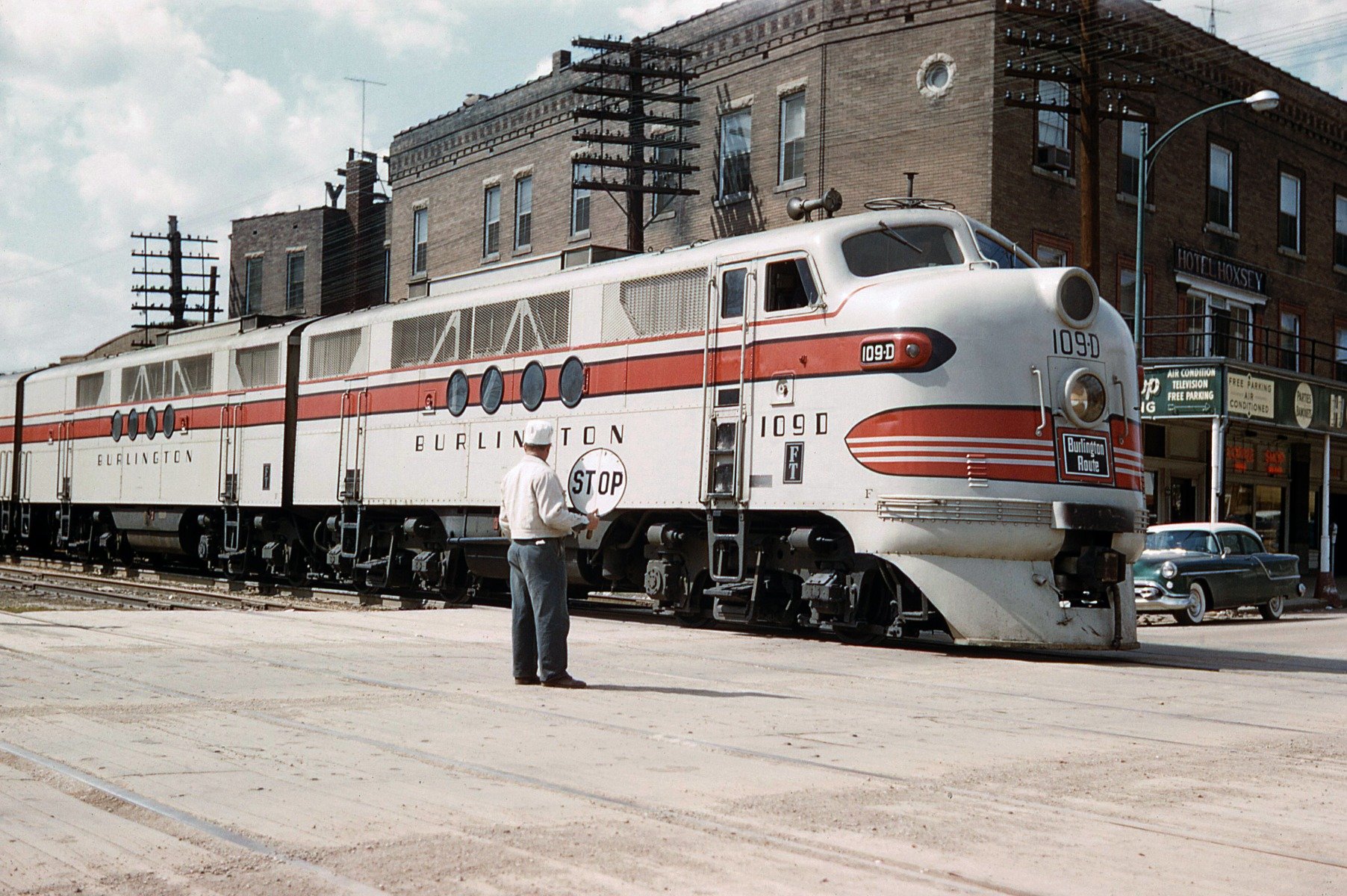
A pair of FTs, meaning in an A-B-B-A consist, crosses a street in Mexico, Missouri, in April 1958. That is a very early version of a crossing gate stopping automobile traffic!
Clayton C. Tinkham photograph, Robert C. Tinkham collection
About the FT … and Variations
EMD’s FTs were, essentially, a pair of diesels, similar to the later F3s through the F9s. The famous “bulldog nose” was first offered on the FT, later finding its way to later F-units (F3s through F9s) as well as later E-units (E7s through E9s). A total of 555 cab-equipped FT “A section” diesels were built, with 541 cabless FT “B sections”. (Some EMD literature also referred to them as “A car” and “B car”.) For familiarity, however, from this point on we will call them “A units” and “B units” to match contemporary verbiage. (“Verbiage”? My, aren’t we hip?)
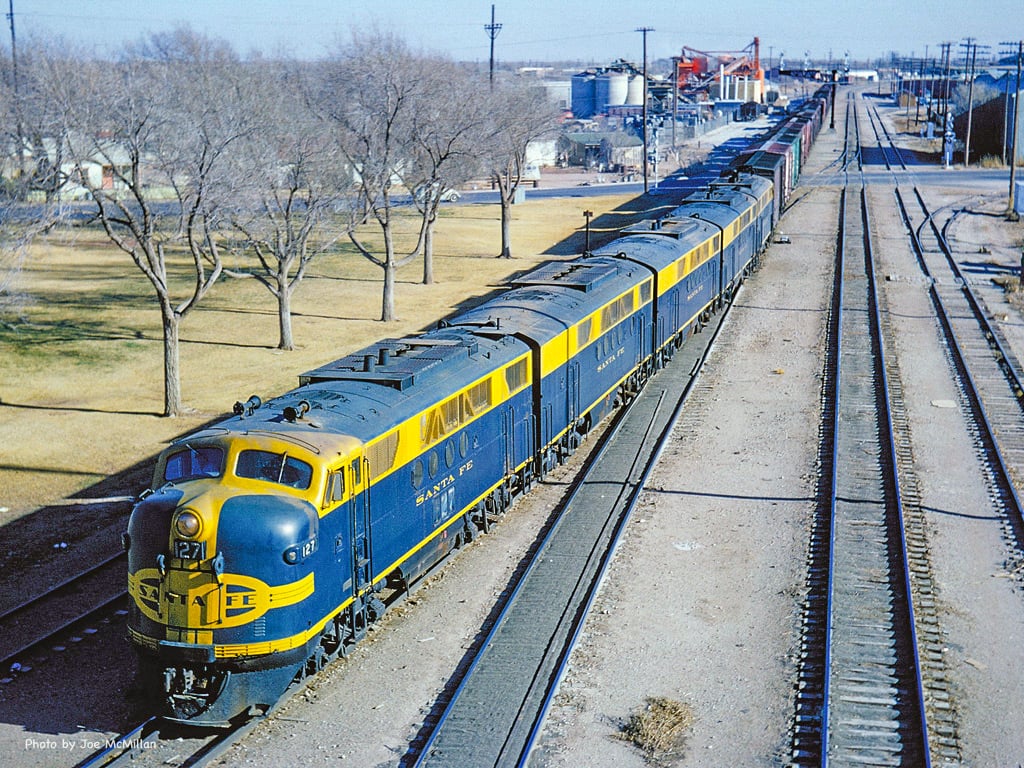
The Atchison Topeka & Santa Fe Railway not only bought the first FTs, but also ordered them without drawbars, which allowed a lot of flexibility when it came to assigning power to a train. Here ATSF FTA 127LL is teamed with three FTBs and another FTA to power a freight. Note as well the appliances added by the ATSF: Steps on the pilot, lift lugs on the nose and rear, grabs up the side of the nose accompanied by a step underneath them, eyebrow grabs and a vent on the top of the cab. In this overhead view, the flush fans and dynamic brake housing are clearly visible. Note that two of the 127L’s four exhaust stacks have been extended. The reflective number on the nose and the illuminated number on the side of the A-unit were there upon delivery.
Joe McMillan photograph
Also:
- Each FT locomotive rode on a pair of two-axle Blomberg trucks, and the A- and B-units were coupled semi-permanently via a drawbar on most, but not all, railroads.
- On the Santa Fe, for example, there are a lot of photographs of trains pulled by A-B-B-B or A-B-B-B-A consists, so these were obviously FTs without drawbars.
- FT A- and B-units feature four closely spaced portholes on each side
- Some railroads ordered hostler controls in the B-units, which also added a fifth porthole to the right side. These included FTs for ATSF, D&RGW, (some) MP, SOU and SSW.
- Through rebuilding, many FTs lost some or all of their portholes.
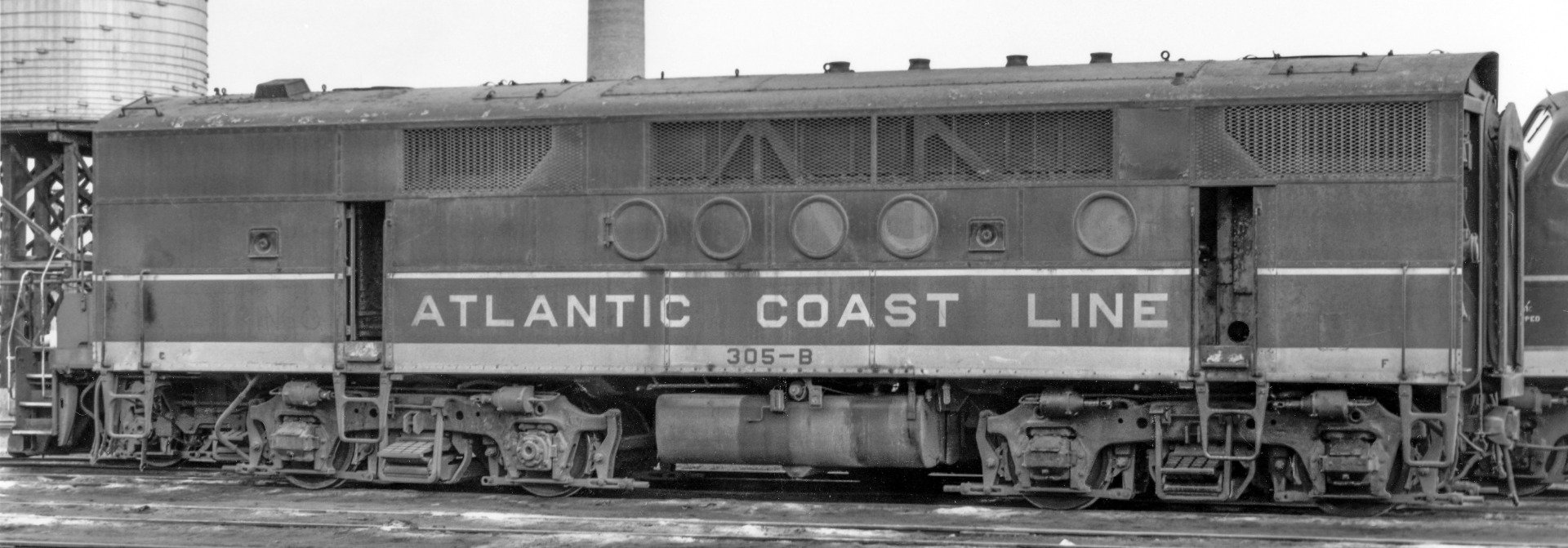
Here is a nice FTB unit photo, which shows the alternate “five porthole” variation. (Note, too, the hinged porthole on the left, which was able to be opened so a hostler could operate this B-unit by itself in order to move it around an engine facility or yard with ease.). This also shows some other details that are important, including the long overhang on one end, the corner step and vertical grabirons added to the end with no overhang when the locomotive was converted to couplers on each end, L-grabirons added to the roof’s corners (in this case, alternat corners) and, if you look closely, a red marker light has been added to the ends of the diesel for use in helper service.
Warren Calloway photograph
- On the roof are four flush-mounted fans, and four in-line exhaust stacks. One pair of fans is ahead of the exhaust stacks, with another pair behind them.
- Most FT A-units were built with a single headlight, but some railroads (Burlington, Chicago & North Western, Rio Grande and Santa Fe’s passenger FTs) opted for a signal light up front as well, resulting in two “headlights” (technically, the signal light on top and the headlight in the nose door, but the “two headlights” nomenclature is a common way to describe these).
- Class lights and numberboards were mounted on the sides of the nose on the A-units.
- As built, since MU capability was only for back-to-back A-B sets, there were no MU hoses on the front pilots
- FTs differed from later F-units in one important way, initially – They were built with one “A” unit (the diesel with a cab) and one “B” unit (the diesel without a cab). But unlike later F-units, these were drawbarred together. The A and B units could not be separated, creating, in essence, an articulated 2700-horsepower locomotive. (The A and B each produced 1350 hp.) Of course, multiple A-B FTs could be put together, but usually only in pairs, offering 5400 hp on a train’s headend.
- The drawbarred end of each unit has no corner step, which was standard on later F-units.
- A later FT option was for a three-unit set, A-B-A, with all three units coupled with drawbars. To accomplish this, the B-units were shorter (referred to as FTSB units).
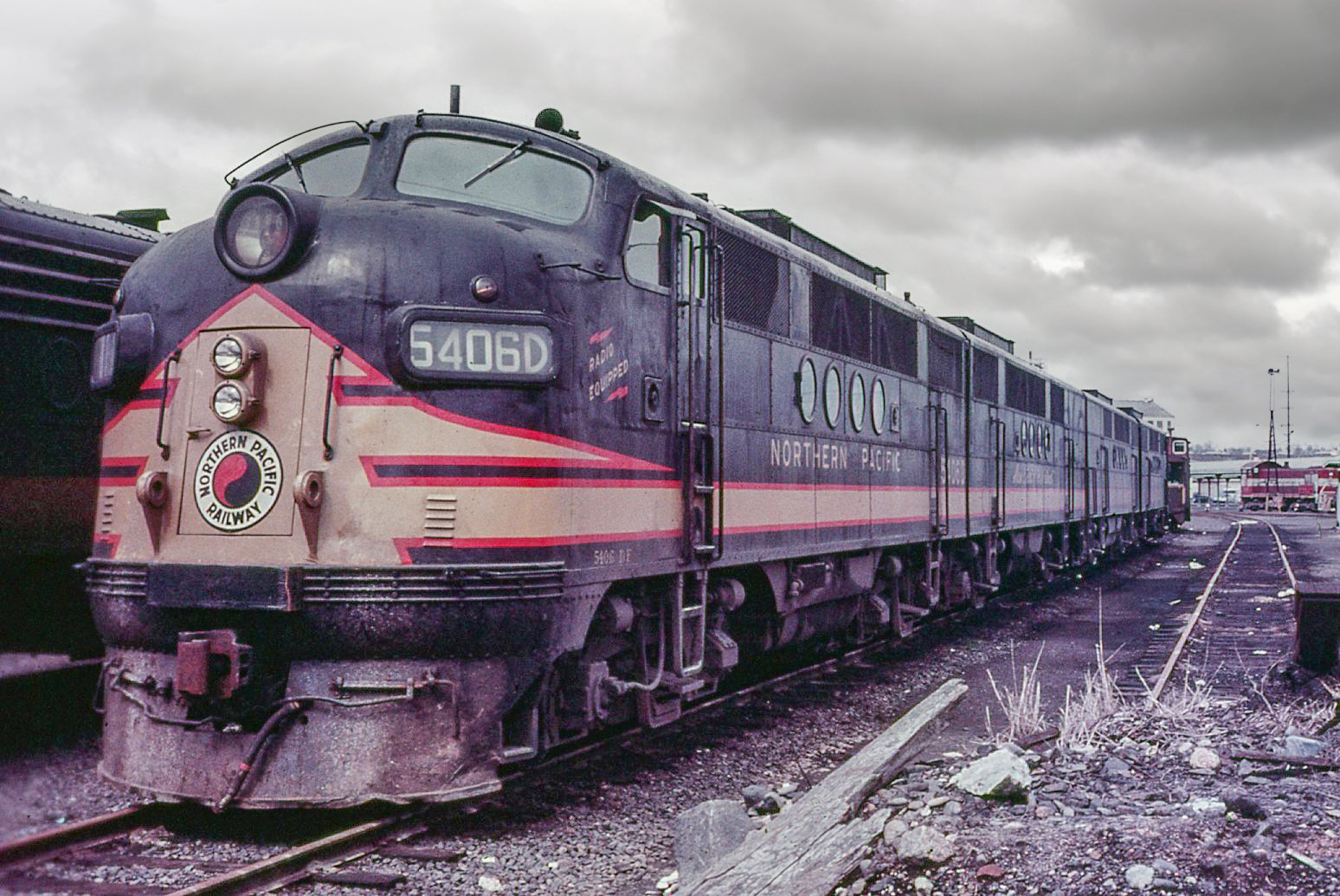
Northern Pacific 6506D replaced the original side-mount numberboards with the numberboards found on later EMD F-units, along with the newer class lights, too. It appears that EMD offered these numberboards as a replacement for those railroads that were interested, although some roads fabricated their own. Also, the original 7-light cluster headlights were replaced with a Mars light, which moved back and forth to make a train more visible as it moves down the track. They also added Pyle twin sealed beam headlight to the nose door on these FTAs. Nose mounted lift lugs and eyebrow grabs on the cab have also been added.
Dale Martin collection
Railroads’ demands also drove some variations, such as:
- The inclusion of dynamic braking for those railroads operating in mountainous territories. Dynamic brakes are obvious as they are housed in a squared-off addition to the roof. (Also there were three variations of dynamic brake housings throughout production as well: Phase I from 12/40 to 3/41, Phase II from 10/41 to 2/43 and Phase III from 2/43 through 12/45.). Dynamic brakes were a feature on FTs owned by ATSF, B&M, B&O, CB&Q, DL&W, D&RGW, ERIE, GN, MILW, M&StL, NYC, NP, NYO&W, RDG, SSW and WP.
- Some railroads found a need for passenger power shorter than EMD’s 6-axle E-units, and opted for FTs equipped with steam generators (in the FTBs only, with a steam vent on the roof) for use on passenger trains operated on routes with slower speeds and lighter rail. These included ATSF (158L,A,B,C-168L,A,B,C), D&RGW (543B,C-551B,C, GN 251A,B )
By this time as well, many railroads had other requirements that needed to be incorporated:
- Perhaps the most obvious are the headlight options. Designed with just a single headlight in the nose.
- Northern Pacific added a twin signal light under their FT’s standard headlight.
- Lackawanna added a single red signal light under the headlight on their FTs.
- Reflectorized roadnumbers were placed on flat panels installed on the noses of A-units for ATSF, B&M, CB&Q, DL&W, GN, NP, NYC, NYO&W, RDG, SAL, SOU, SSW and WP. SAL’s FTAs had them mounted above the cab windshields.
- Illuminated number panels were installed on the sides of FT A-units for ATSF, D&RGW, GN, MP and SSW.
- Over the years, many railroads modified their FTs:
- Some railroads (including, but not limited to, Missouri Pacific, Rio Grande, Rock Island and Southern Railway) that received drawbarred sets modified them to replace the drawbars with couplers, often also adding a corner step to them in the process.
- Some railroads added either backup lights or red marker lights to the FT’s rear.
- Grabirons were added to many.
- Corner numberboards replaced side-mount numberboards on several railroads (B&M, B&O, D&RGW, GN, MILW, NP, RI, SOU and SSW). D&RGW also relocated the class lights above the numberboards on theirs.
- A numberboard centered on the nose under the headlight was installed on some MILW FTs.
- Numberboards were installed on the cab roofs of WP FTs.
- Many FTs received radio antennas.
- MU hoses were sometimes added to the A-units’ pilots, as were steps.
- Air horns changed.
- Lift rings were added to the roof and/or lifting lugs to the nose.
- WP FTA 904D received a large … no, massive! … snowplow, which required the removal of the locomotive’s original pilot.
- F7-style grilles were added to some GN units, such as 251A, B.
- Five SOU FTBs were rebuilt into Steam Heater Cars for use on passenger trains.
- Paint schemes often changed. Sometimes very often!
The Initial FT Owners (with the Original Numbers) Were:
- Atchison Topeka & Santa Fe – FTA: 100-104, 105-179, 105C-179 // FTB: 100A-104A, 100B-104B, 100C-104C, 105A-179A, 105B-179B (155 As, 165 Bs)
- Atlantic Coast Line – FTA: 300-323 // FTB: 300B-323B (24 As, 24 Bs)
- Baltimore & Ohio – FTA: 1-11, 1A-11A // FTB: 1X-11X, 1AX-11AX odd numbers only (12 As, 12 Bs)
- Boston & Maine – FTA: 4200A-4223A // FTB: 4200B-4223B (24 As, 24 Bs)
- Chicago & North Western – FTA: 5400A-5401A, 5400D-5401D // FTB: 5400B-5401B, 5400C-5401C (4 As, 4 Bs)
- Chicago Burlington & Quincy – FTA: 100A-115A, 100D-115D // FTB: 100B-115B, 100C-115C (32As, 32 Bs)
- Chicago Milwaukee St. Paul & Pacific – FTA: 35A-47A, 35D-47D // FTB: 35B-47B, 35C-47C (26As, 26Bs)
- Chicago Rock Island & Pacific – FTA: 70-73, 70A-73A, 88-99 // FT-SB: 70B-73B // FTB: 88A-99A (20As, 12 Bs, 4 Short Bs)
- Delaware Lackawanna & Western – FTA: 601A-603A, 601C-603C, 651A-654A // FT-SB: 601B-604B // FTB: 651B0654B (12As, 4 Bs, 4 Short Bs)
- Denver & Rio Grande Western – FTA: 540A-551A, 540D-551D // FTB: 540B-551B, 540C-551C (24As, 24 Bs)
- Electro-Motive Corporation (demonstrator) – FTA: 103A, 103D // FTB: 103B, 103C (2 As, 2 Bs)
- Erie – FTA: 700A-705A, 700D-705D // FTB: 700B-705B, 700C-705C (12 As, 12 Bs)
- Great Northern – FTA: 250A-258A, 300A-305A, 300C-305C, 400A-428A, 400D-428D // FT-SB: 300B-305B // FTB: 250B-258B, 400B-428B, 400C-428C (51As, 39 Bs, 6 Short Bs)
- Lehigh Valley – FTA: 500-503 // FTB: 500B-503B (4 As, 4 Bs)
- Minneapolis & St. Louis – FTA: 445A, 445C, 545A, 545C // FT-SB: 445B, 545B (4 As, 2 Short Bs)
- Missouri Pacific – FTA: 501-512 // FTB: 501B-512B (12 As, 12 Bs)
- New York Central – FTA: 1600-1603 // FTB: 2400-2403 (4 As, 4 Bs)
- New York Ontario & Western – FTA: 601, 801-808 // FTB: 601B, 801B-808B (9 As, 9 Bs)
- Northern Pacific – FTA: 6000A-6010A, 6000D-6010D // FTB: 6000B-6010B, 6000C-6010C (22 As, 22 Bs)
- Reading Company – FTA: 250A-259A // FTB: 250B-259B (10 As, 10 Bs)
- St. Louis Southwestern (Cotton Belt) – FTA: 900A, 900D, 905A, 905D, 910A, 910D, 915A, 915D, 920A, 920D // FTB: 900B, 900C, 905B, 905C, 910B, 910C, 915B, 915C, 920B, 920C (10 As, 10 Bs)
- Seaboard Air Line – FTA: 4000-4021 // FTB: 4100-4121 (22 As, 22 Bs)
- Southern Railway – FTA: 4100-4127, 6101-6104, 6800-6803 // FTB: 4100-4119, 6152-6155 // FT-SB: 6825-6828 (36As, 24 Bs, 4 Short Bs)
- Western Pacific – FTA: 901-906, 901C-906C, 907A-912A, 907D-912D // FTB: 901A-906A, 901B-912B, 907C-912C (24 As, 24 Bs)
Many of these were renumbered, and sometime more than once.
A few FTs made it to new owners, either through sales or mergers:
- The EMC demonstrators were sold to the Southern Railway, with FTAs 103A and 103D becoming SOU 6100A and 6100D, and FTBs 103B and 103C getting new identities as SOU 6100B and 6100C.
- The DL&W and ERIE units became property of Erie Lackawanna upon approval of that merger. EL 7014 is confirmed to have carried EL lettering.
- NP sold FTA 6010D and FTB 6006C to México’s Ferrocarril Sonora-Baja California, becoming SBC 2203 and 2203B.
- Two NP FT A-units (5404C and 5409D) made it to the Burlington Northern, but were never officially renumbered (to BN 799 and 798) or repainted.
- Some NYO&W FTs were sold to NYC but never operated, and four (806A, 807A, 806B and 807B) were sold to B&O, becoming B&O 4412, 4413, 5412 and 5413.
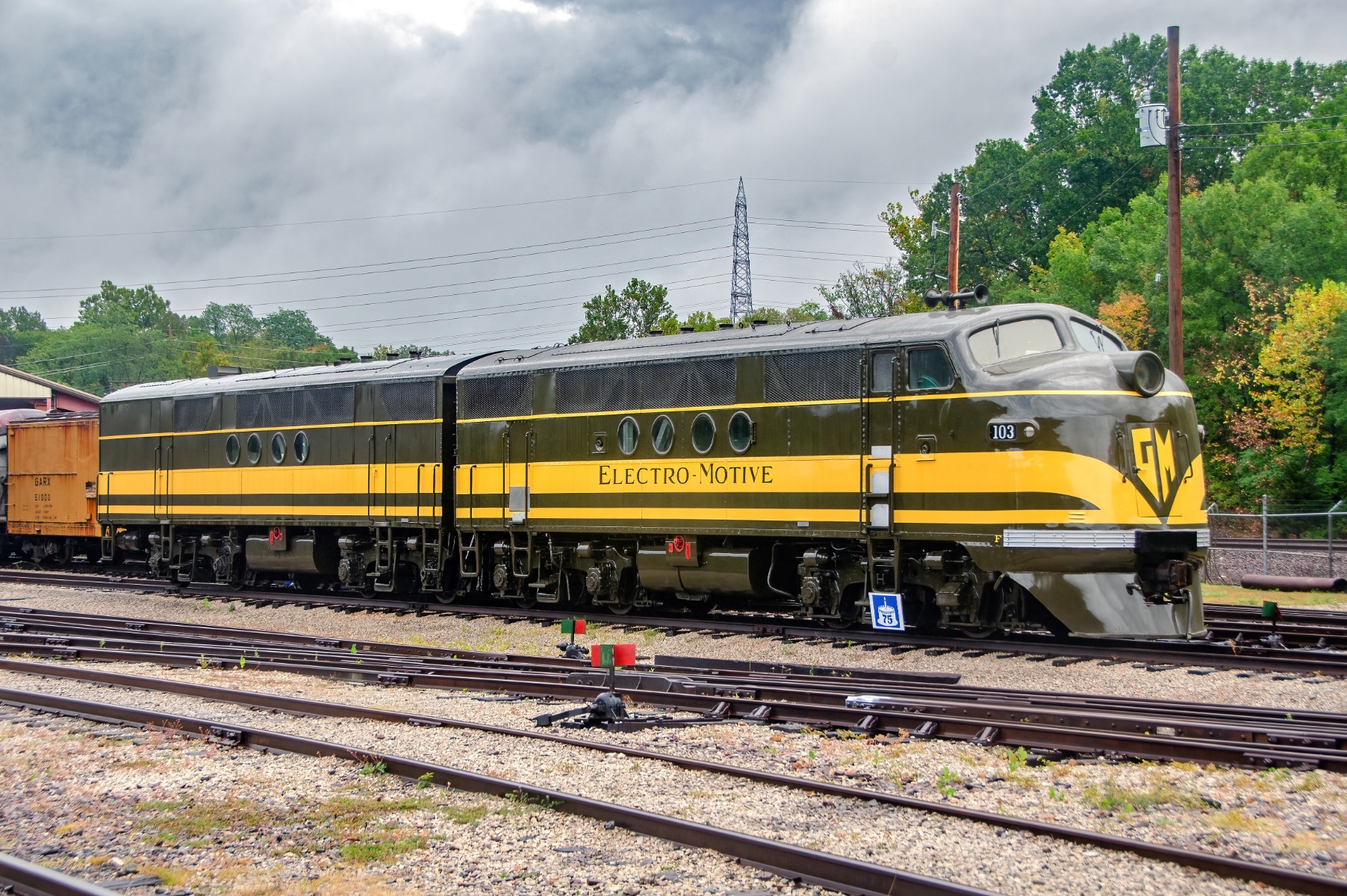
To celebrate the FT’s 50th Anniversary, General Motors Electro-Motive Division borrowed the original FTA demonstrator, thankfully one of the few FTAs saved, along with an FTB (wich needed some heavier cosmetic restoration) to tour the country in 1989 and into the early 2010s. The pair is seen on display at the National Museum of Transportation in Kirkwood Missouri, in October 2014.
Craig Walker photograph
Only a few FTs exist today:
- EMC FTA 103, restored to its original paint, at the National Museum of Transportation in Kirkwood MO. It was paired with the former SOU FTB 960603 (restored and repainted to match as 103A and toured the country for a few years beginning in 1989, the FT’s 50th Anniversary.
- SBC FTA 2203A (ex-NP 5404C) is on display in Puebla, Puebla, México.
- SOU FTB 960602 is in Conway SC.
- SOU FTB 960603, which was repainted to match EMD 103 and toured the country, is now at the Virginian Museum of Transportation in Roanoke VA.
- SOU FTB 960604 is at the North Carolina Transportation Museum in Spencer NC.
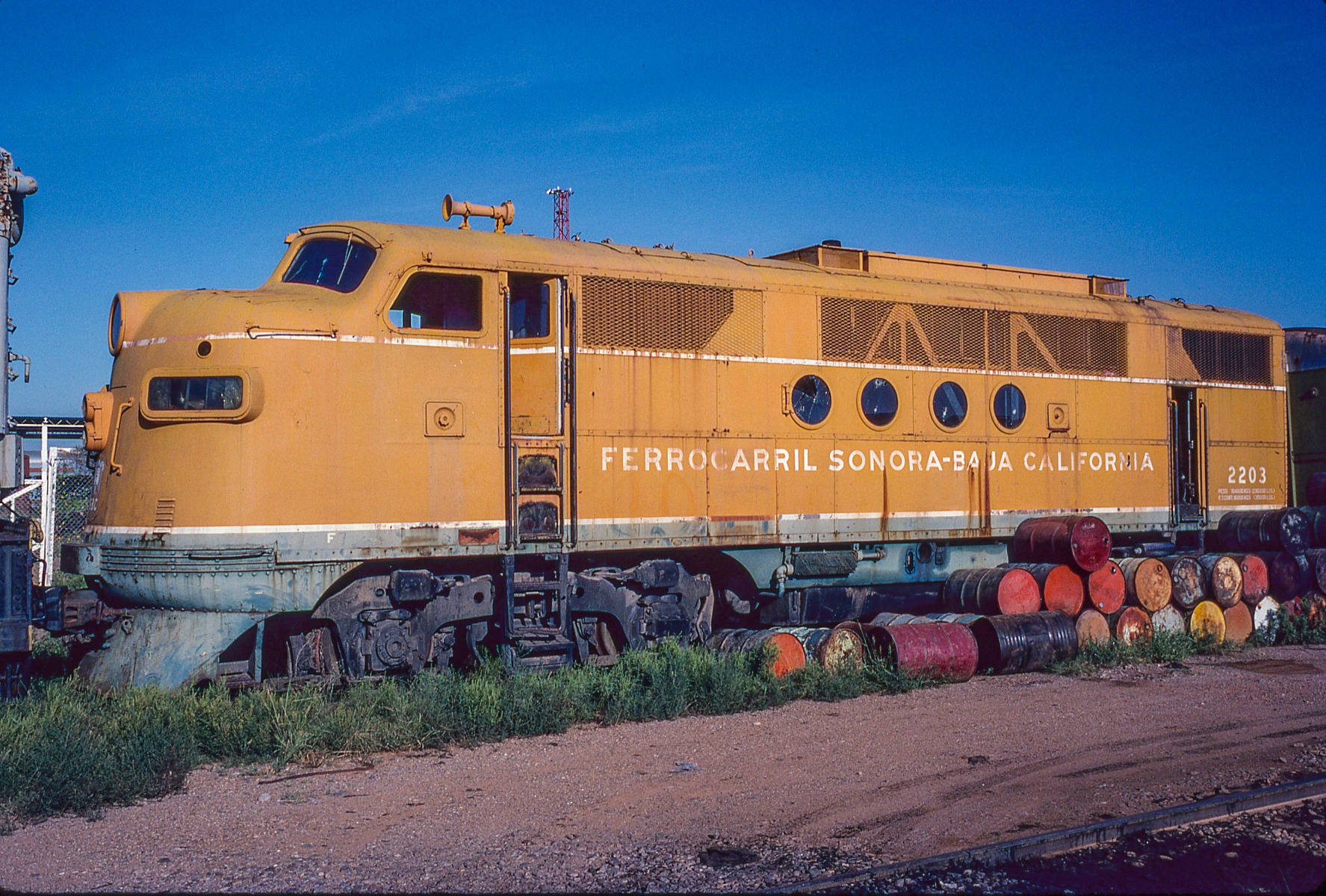
Ferrocaril Sonora-Baja California FTA 2203A, seen in a deadline at Benjamin Hill, Sonora, México, in September 1984, is the former Northern Pacific 5404C, is the other that still exists. It is on display in the National Museum of Méxican Railroads (Museo Nacional de Los Ferrocarriles Mexicanos) in Puebla.
Robert C Tinkham photograph
The FT is, truly, “the diesel that did that thing last summer,” or “the diesel what done did it,” or “the diesel that whooped steam’s tuches,” or “the diesel that did that there thing,” or … well, you know what it did. We just don’t want to get in trouble for using a certain book title without permission. (But it is an excellent and highly recommended book!)
Finally, Now That You’ve Made It This Far …
A Gallery of FT Photographs for Your Enjoyment
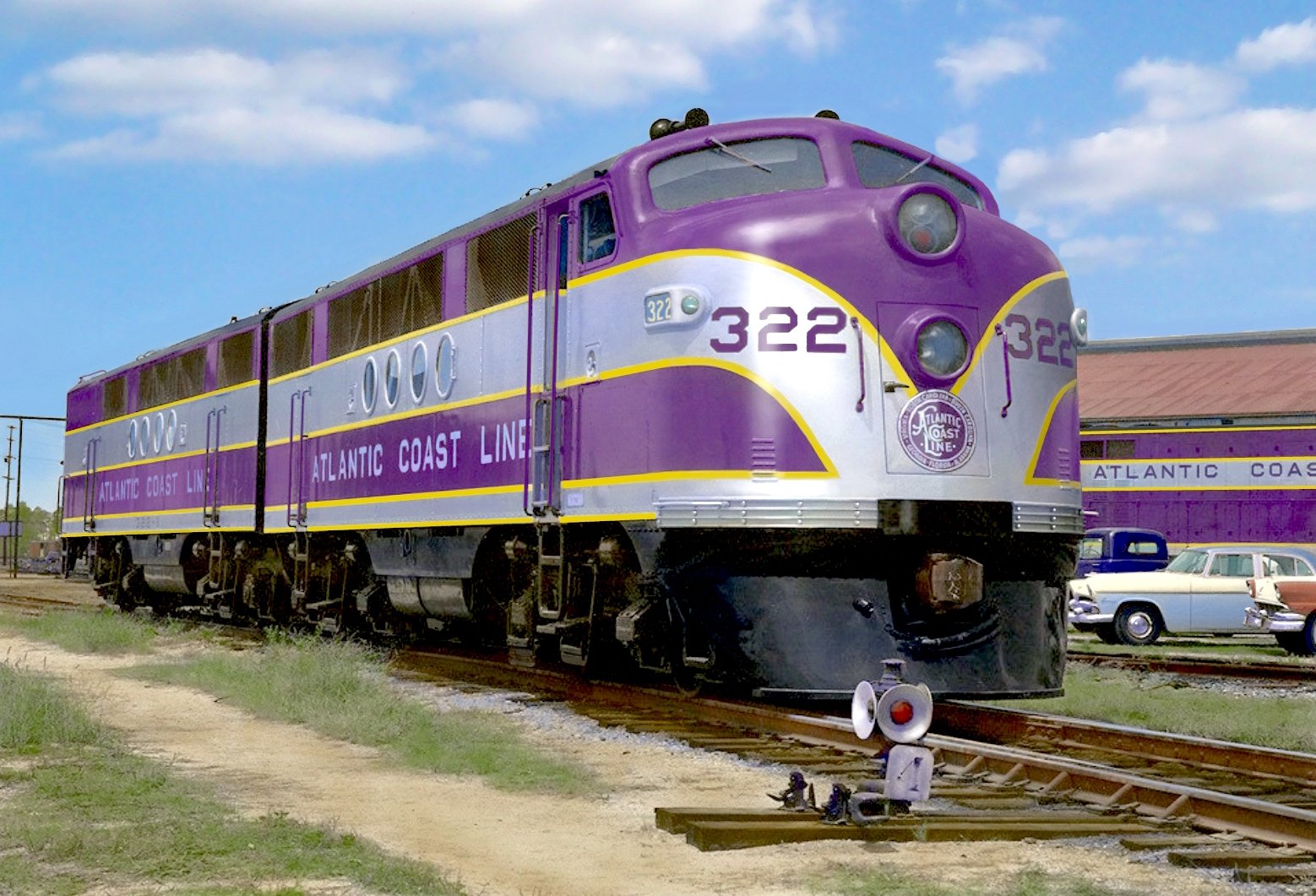
Color photos of FTs are often difficult to find, so this colorized black and white photo of Atlantic Coast Line’s purple and silver FT, 322/322-B, is the next best thing.
Warren Calloway collection
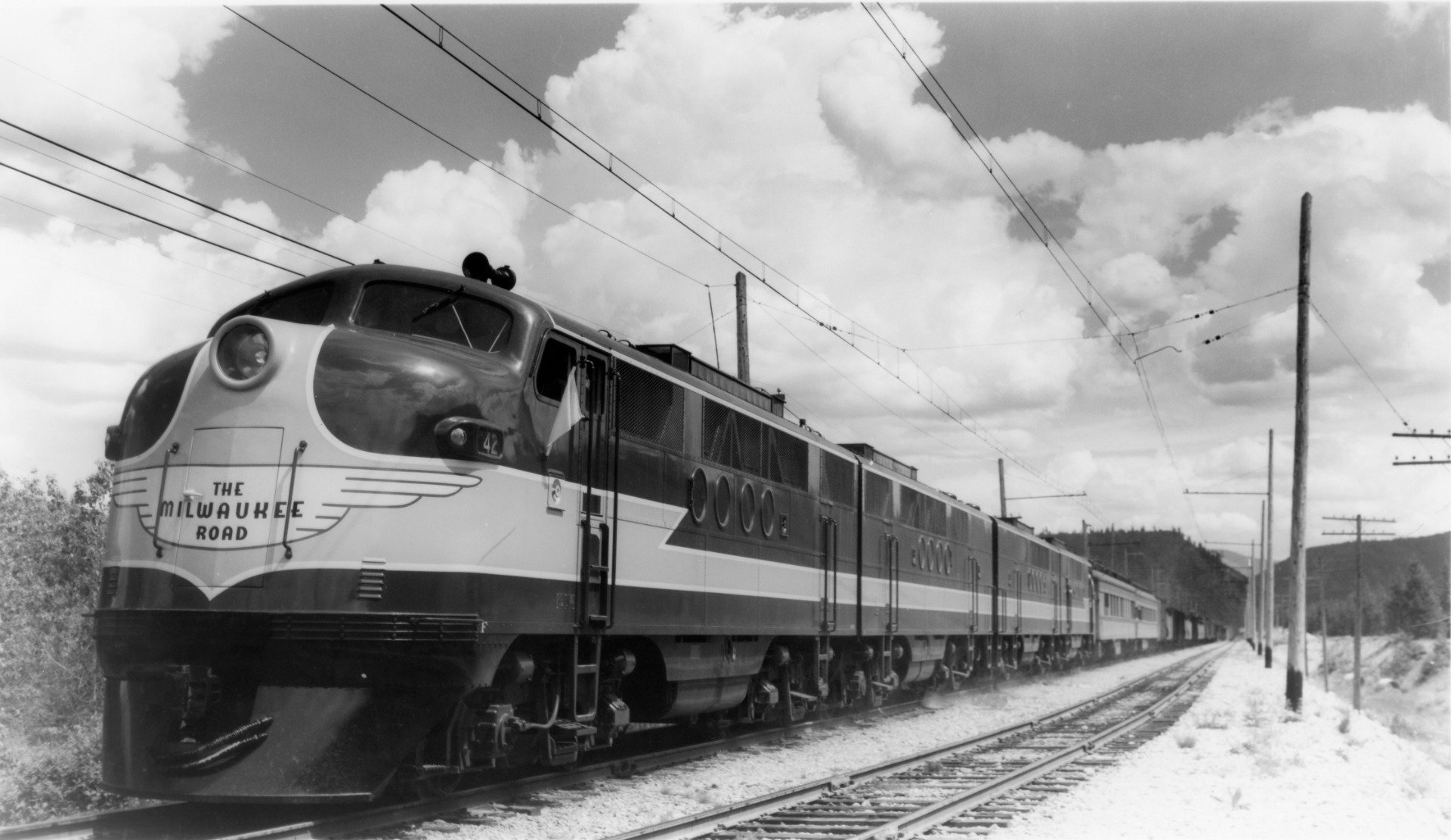
Recently delivered Chicago Milwaukee St. Paul & Pacific FTs 42-42B-42C-42D are seen testing on a freight train, which has a pair of test cars coupled behind these shiny new diesels.
Dale Martin collection
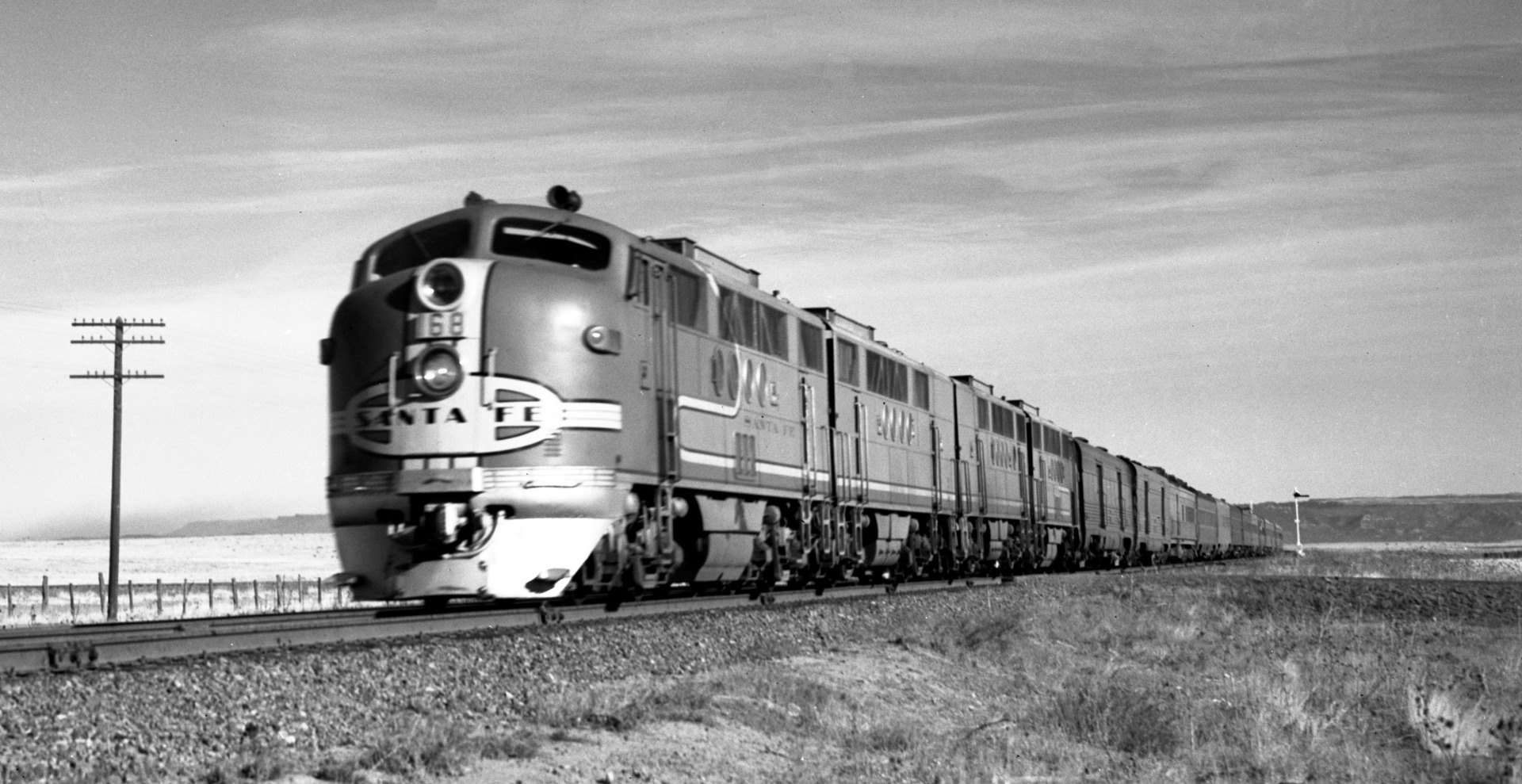
The Santa Fe Railway owned the largest fleet of FTs, and _ of them were assigned to passenger train service. ATSF 168 are leading train 19, the westbound “Chief” across Raton Pass at Hebron, New Mexico, on a bright February 1950 day. The passenger units had dual headlights (actually, an oscillating Mars light above a headlight) and, of course, wore the Railway’s iconic red and silver Warbonnet paint scheme. Note the reflectorized number on the nose, and the illuminated number on the flank of the FTA.
Clayton C. Tinkham photograph, Robert C. Tinkham collection
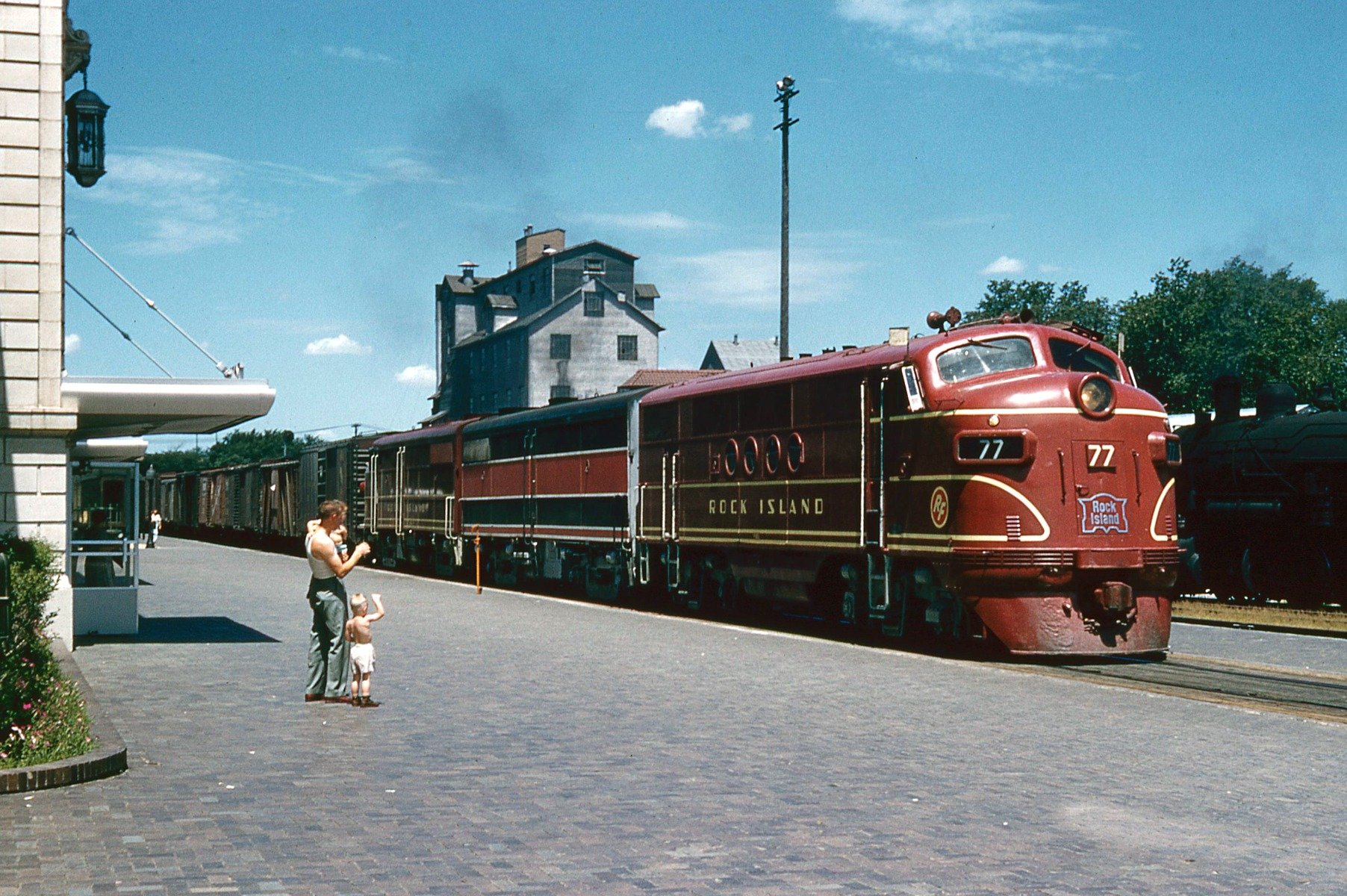
Based upon the sartorial choices of the father and his two children, it must’ve been a rather hot, and perhaps humid, late June 1954 day in Topeka, Kansas, as a Chicago, Rock Island & Pacific freight passes through town. Rock Island FTA 77, repainted from the original black and red scheme into the later maroon scheme, is teamed with a pair of ALCO FA and FB diesels. The lack of a drawbar, along with the advantage of being able to lash diesels of various builders together, allowed the Rock Island a lot of flexibility when it was time to assign power to a train.
Clayton C. Tinkham photograph, Robert C. Tinkham collection
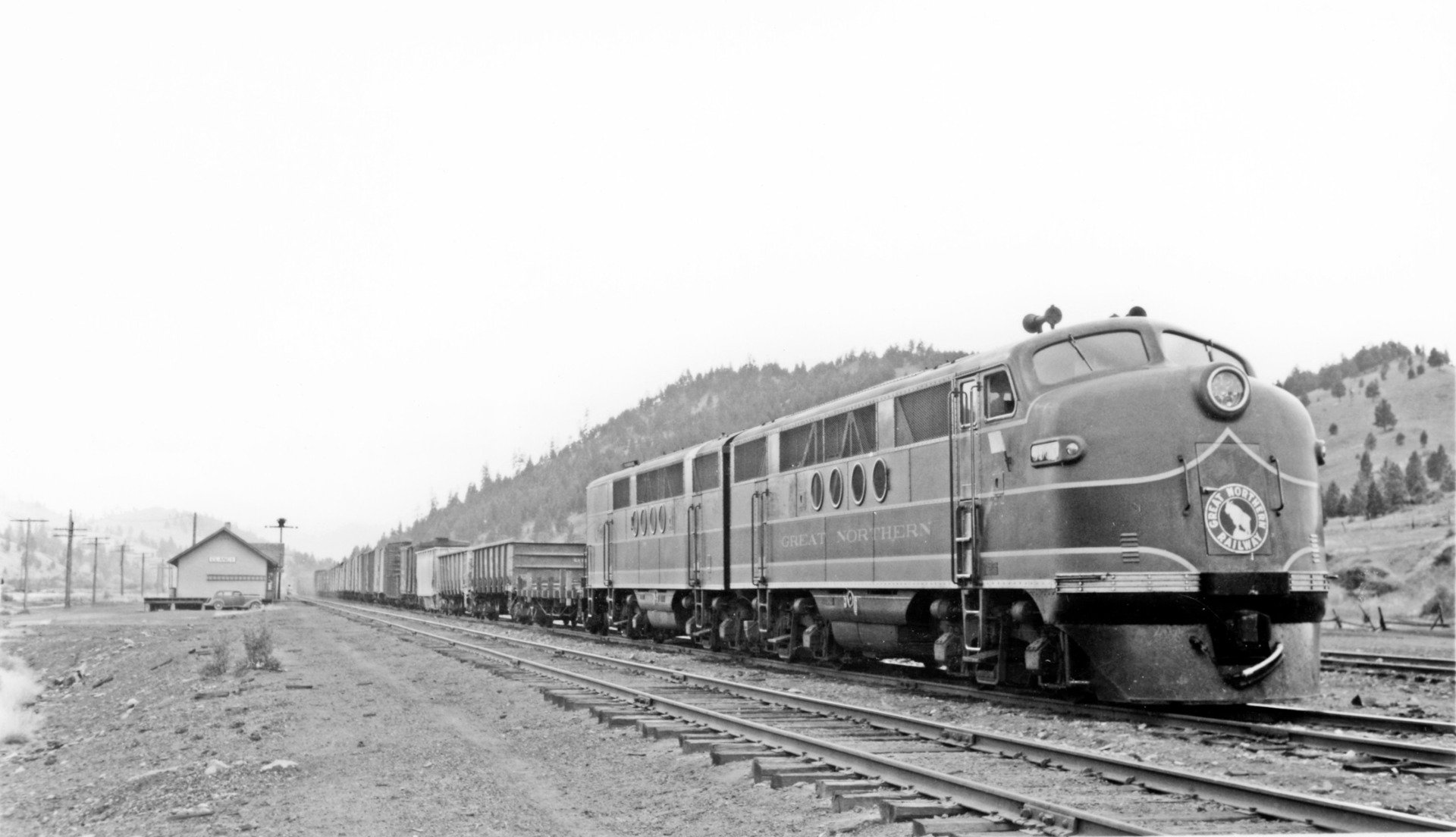
A Great Northern FT provides 2,700 horsepower for this short freight, seen at Clancy, Montana.
Dale Martin collection
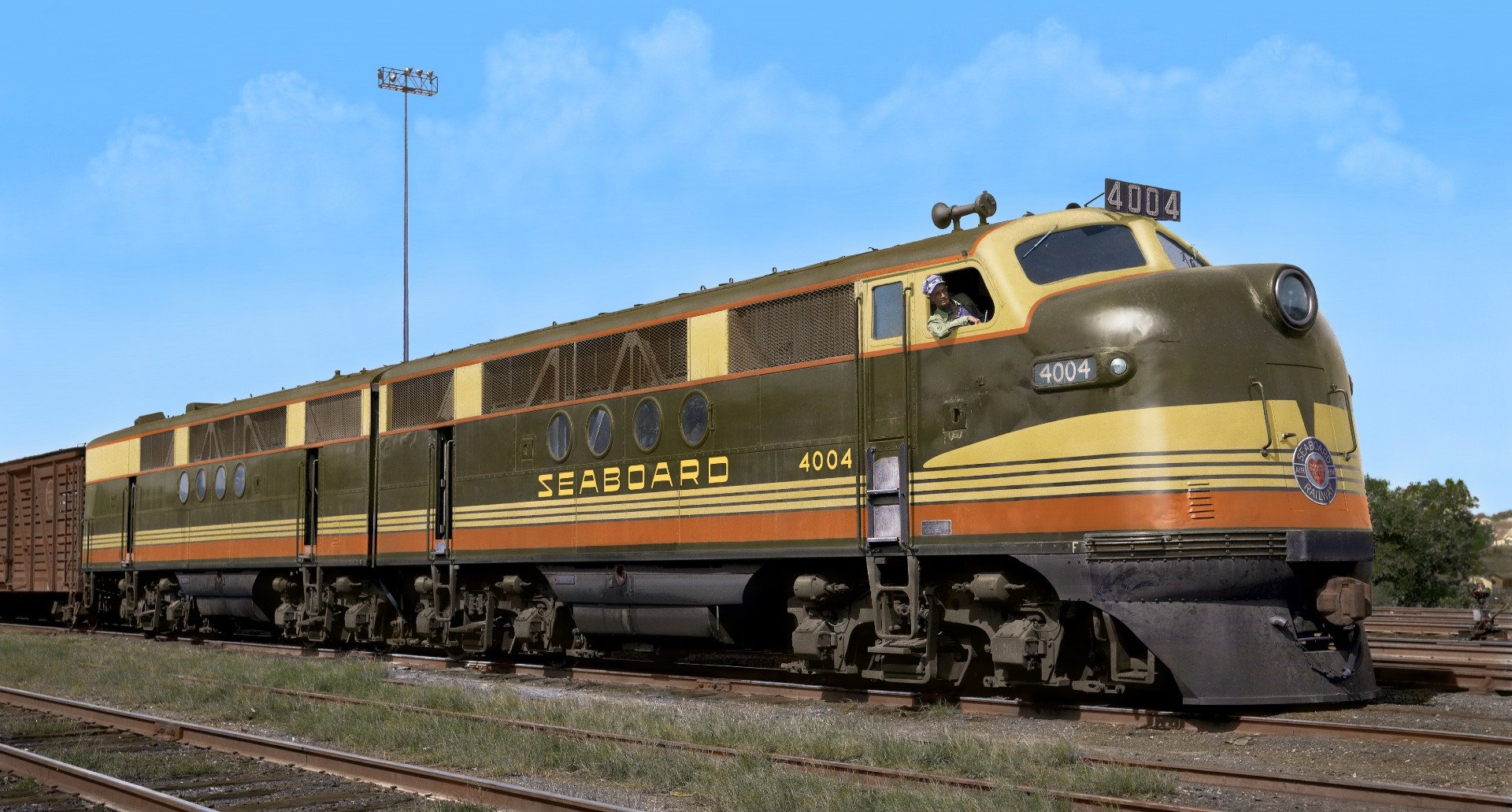
Another colorized black & white photo, this time of Seaboard Air Line’s FT 4004/4104. As with so many FTs, notice how there are no corner steps where the A- and B-units are drawbarred together. There was no need for them, since this was, technically, the middle of the locomotive. Note, too, the reflectorized number above the cab.
Warren Calloway collection
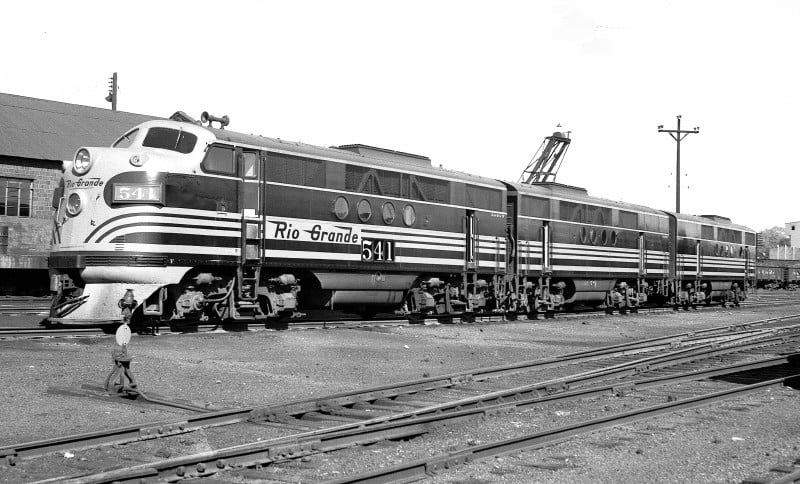
Denver & Rio Grande Western FTA 541 is coupled to a pair of FTBs in Denver, Colorado, in May 1947. Obvious in this photo is the large illuminated number on the FTA’s flanks, along with the dynamic brakes on the roof.
Warren Calloway collection
Thanks to Warren Calloway, Ron Hawkins, Dale Martin. Joe McMillan, and Robert Tinkham for their generosity and assistance … and patience with my many inquiries!
(I’m surprised they didn’t block my emails…)
